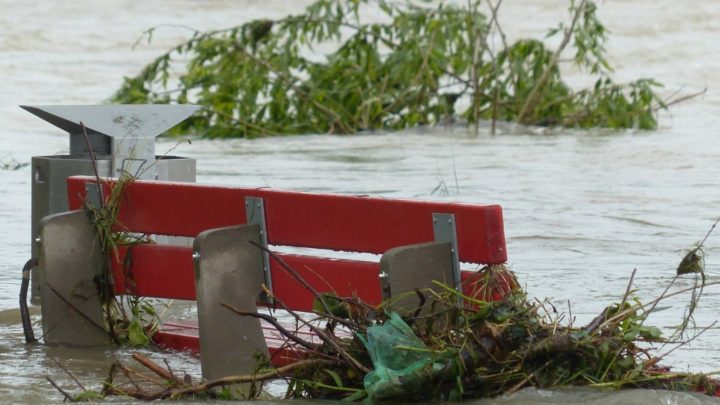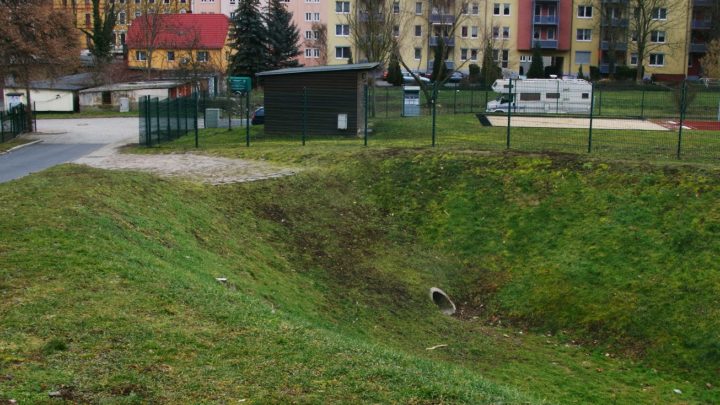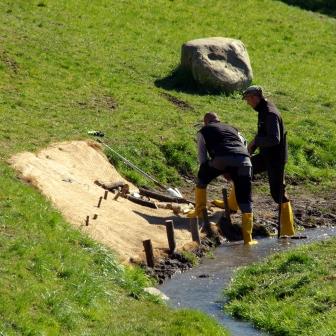Assessing and clearing of environmental flood damages
The measure includes the assessment of damages to the environment, mostly caused by accidents at sources of pollution e.g. containers with hazardous materials. Procedures and criteria’s need to be defined (beforehand).







